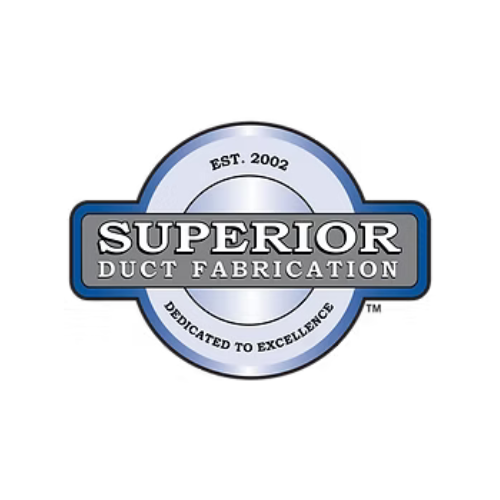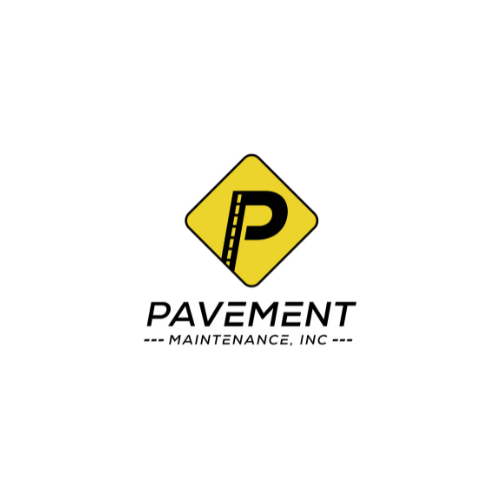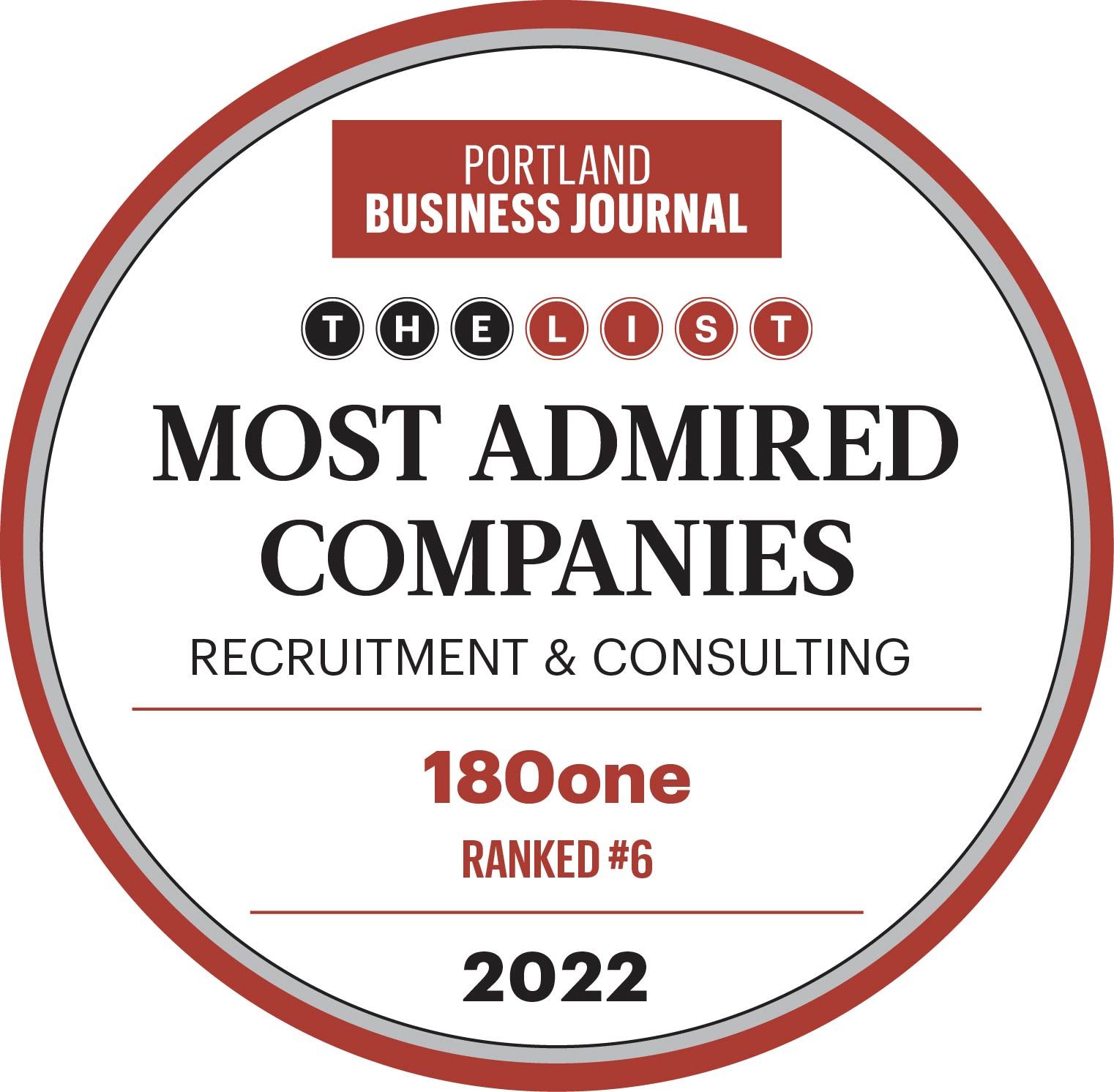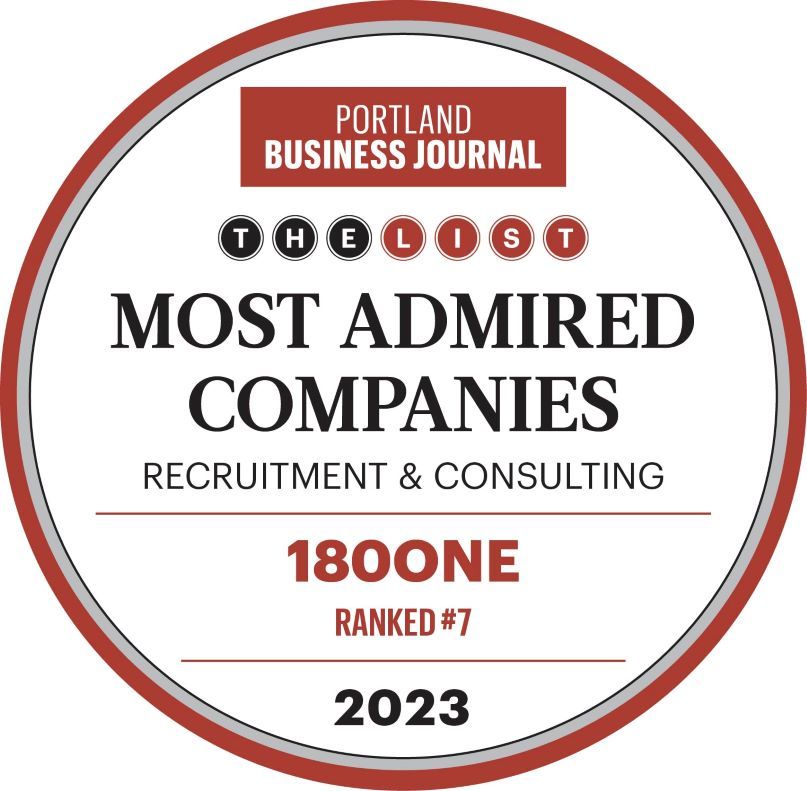How Benchmarking Could Ultimately Cost You the Perfect Candidate
Have you ever bought a house? How was that decision made? Like most homebuyers, you probably determined the neighborhood, number of bedrooms and bathrooms needed, as well as other important criteria before you started the house-hunting process. The next step would be talking to a real estate agent and giving them all of those well thought-out criteria, in hopes that they can eventually track down a house that fits each need. This process can take a long time, sometimes dragging on for months, but this does not always have to be the case.
With your pre-planning and knowing your criteria, you might find that the first house your realtor shows you meets or possibly exceeds all of your expectations. What next? In this competitive housing market, where most people can be on the hunt for months or even years, the next step should be around making an offer immediately. Those buyers who have established their criteria, make the offer, but those who have not will typically hesitate and want to see another house for comparative purpose.

Here arises the issue of benchmarking—of waiting for a chance to have a side by side comparison in order to feel comfortable moving forward. The constant need to weigh what is available and right in front of you with what could potentially be better ends up holding up the process and oftentimes contributing to a loss. In a competitive housing market, you need to be in a position to confidently move forward in the buying process, and this is where planning helps. For those who hesitate, the house in question is already under contract by the time they are ready—probably with the buyer who knew what they were looking for in a home.
What is the lesson here?
Know what you’re looking for, and fight the urge to compare something great to whatever else could be out there. Fight the urge to benchmark. The perfect house was in plain sight, but then it was gone, all because of lack of planning, hesitation or the need to benchmark.
The hiring process is actually quite similar to that of purchasing a house. Before the interviewing process begins, the hiring manager devises a similar list of criteria to that of the home-buyer. This is typically presented in the form of a job description, which will include everything that the perfect candidate will possess.
At 180one, we use a best practice of developing a “Candidate Success Profile” as a way to both determine what attributes the ideal candidate will possess, and as a way to help evaluate candidates against these attributes. As potential candidates are evaluated against the Candidate Success Profile, the decision making process of whom to hire should be more clear.

Similar to the home-buyer, when a hiring manager is conducting a search, they tend to be more comfortable when there are a few options in front of them and there is an opportunity to interview multiple candidates. A problem seems to arise when the perfect candidate is the first one to walk through the door. This person might check every single box on the list of criteria, but it becomes difficult to make a decision without going through the steps of finishing the process. In the meantime, that perfect candidate could be getting the message that there is hesitation, and that perhaps something is wrong, potentially causing them to back out. In reality, the hiring manager is merely displaying a confirmation bias by needing to benchmark as a way to confirm that the right person has already been found.
A candidate is either a fit, or not, and a hiring manager can usually figure that out pretty early in the process. That being said, if they are feeling lukewarm about a candidate, that candidate is likely not the right choice, and therefore the hiring manager is better off passing on said candidate and continuing the search. On the flip-side, if it is clear that a candidate perfectly fits the sought-after profile, no time should be wasted by curiosity of whom else could possibly surface should the search continue.
Don’t Miss Out by Not Being Prepared
If criteria are set in place, and a candidate meets all of those criteria, why waste the time and resources continuing with the interview process? Why risk sending the wrong message to a potential new employee? Part of why it is a good idea to prepare a Candidate Success Profile is because of the value and importance of pre-work. It ultimately saves time and helps eliminate that hesitation that can be felt when the right candidate is suddenly presented. In another article on our Water Cooler, we break down ways to create a more effective hiring process. It is possible to be set up for success and prepared for when that perfect candidate is identified.
The goal here is to help make the decision making process more comfortable. It is in human nature to act impulsively as opposed to logically, and therefore it is entirely understandable that a hiring manager would take precautions to avoid acting on impulse. But the simple way to avoid making an impulsive decision is by creating that list of criteria first. When there is a goal in place and an ideal candidate profile to fill, it will not be impulsive if and when the hiring process is completed faster than expected for the right candidate.
It is easy to be set up for success in the hiring process when the proper preparation is done ahead of time. Whether a Candidate Success Profile such as ours is used, or a similar method of organizing and determining criteria is developed, hiring managers can make sure to be ready to hire as soon as the right person comes along. Make that list of criteria and stick with it. If a candidate matches, it’s a go; if a candidate doesn’t match, it’s a no. There is no need to benchmark.






